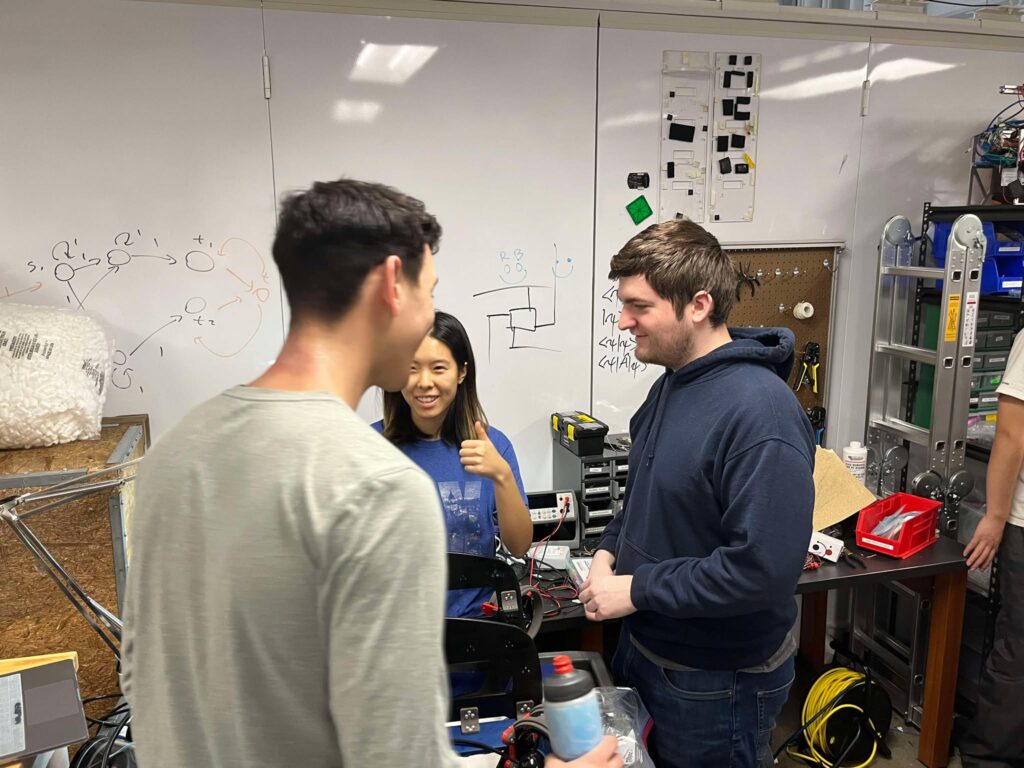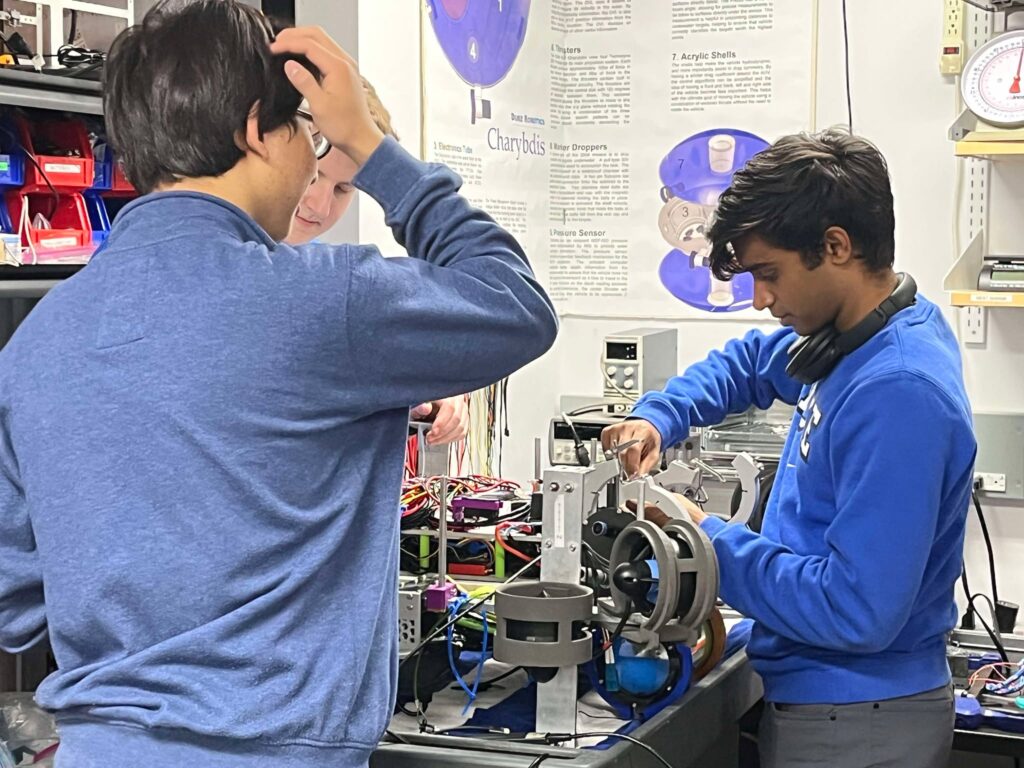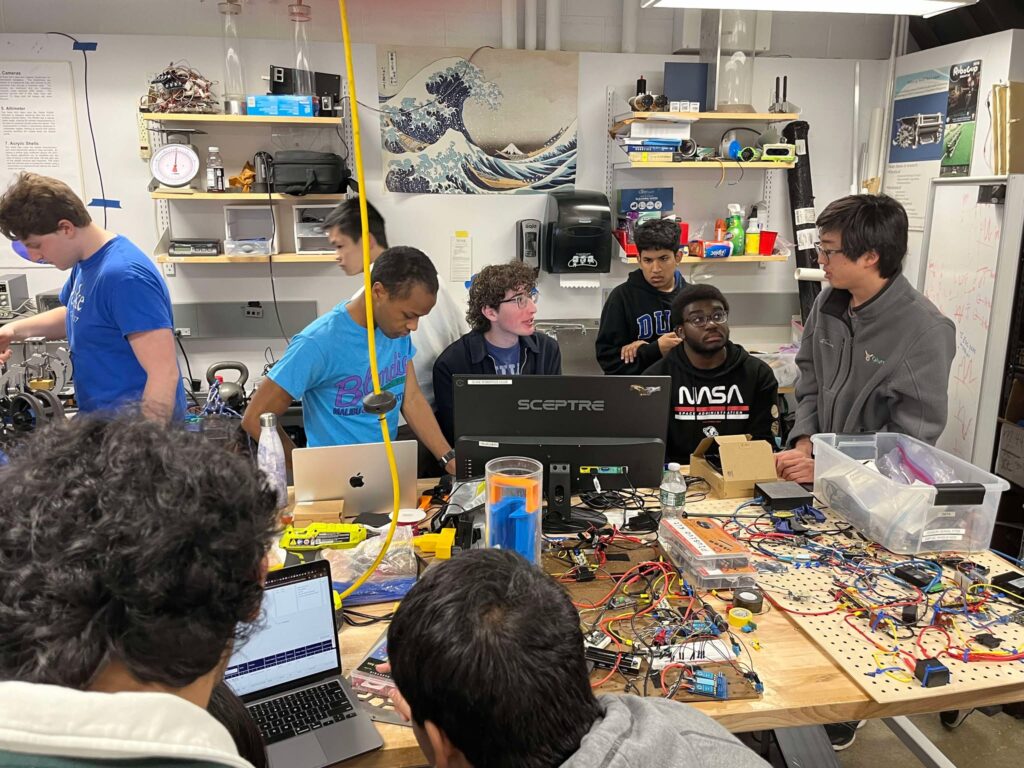Following our successful pool test, we confirmed that the new serial communications system works as intended, and both Arduino systems are operating properly. With this milestone achieved, our next steps involve migrating the system into our ROS2 repository and reorganizing the code structure.
While our current structure does abstract sensor functions into separate files, it remains cluttered and difficult to navigate due to excessive interdependencies. To address this, we have entirely refactored the system and migrated it to ROS2, adopting a modular, object-oriented approach. Now, every peripheral sensor or servo is encapsulated within its own class, each containing functions to print sensor readings or activate servos. Each robot is assigned its own class, defining only the sensors specific to that platform. This new system is highly modular and customizable, making it easier to adapt to future robots.
With the transition to a two-Arduino system, we needed to consolidate peripherals from the previous pressure, voltage, temperature, humidity, and servo Arduinos. This change required desoldering and rerouting numerous wires, leading to some unexpected bugs in sensor readings and connection issues. We are currently debugging these problems and hope to have a fully functional system before the next pool test.
In addition to software improvements, we’ve made major progress on acoustics. The new PCB design has been finalized, incorporating a 4th-order bandpass filter to reduce noise. Taking inspiration from our previous board, we’ve reused and adjusted necessary component values for better performance. The parts are currently shipping, and we’re ready to assemble them as soon as they arrive.
From last time, we have finalized our decision to purchase the Waterlinked M16 modem for intervehicle communication (IVC). Since its premade library runs on a different version of Python, we plan to start adapting it soon for our current systems capabilities.
We’re looking forward to implementing and testing these new upgrades, and with the newly built mini-bot frame from the mechanical team, we will also start building our electrical stack inside the capsules!



